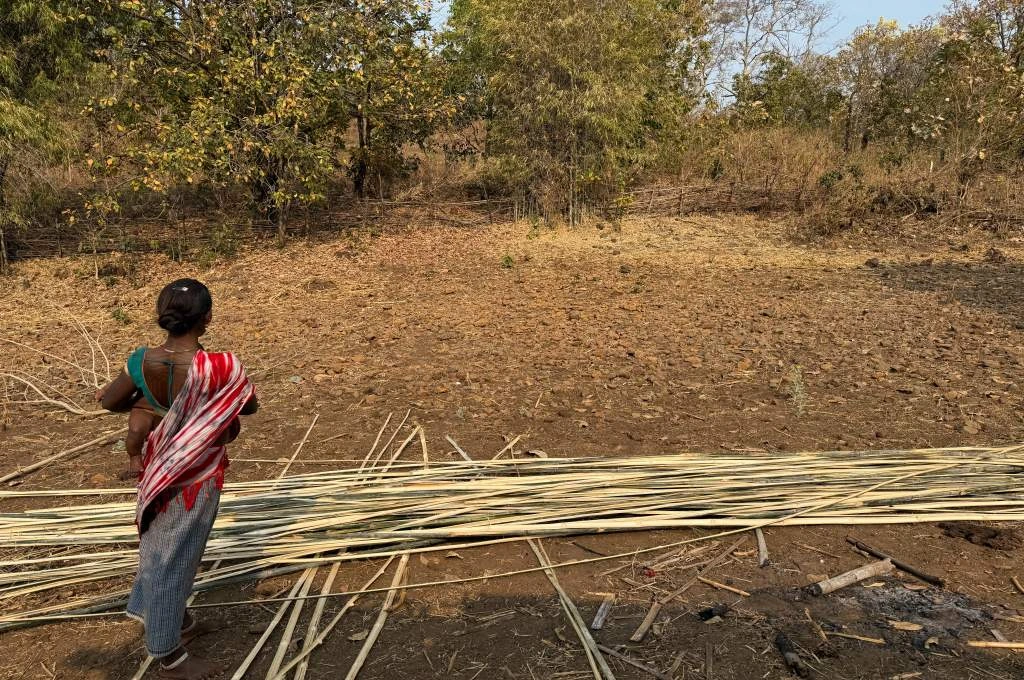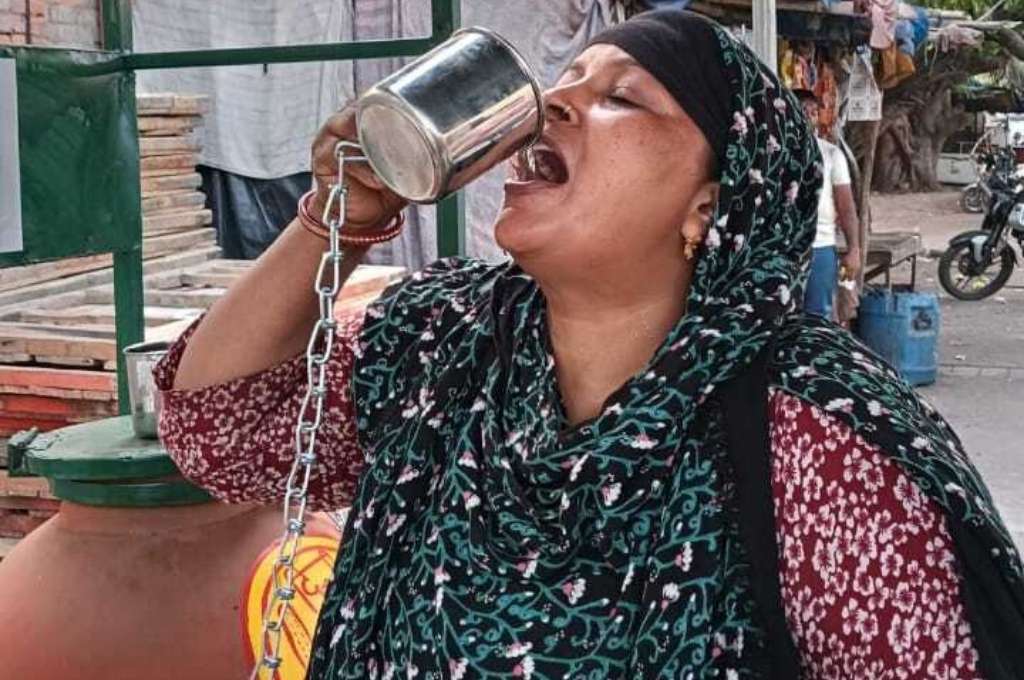When in doubt, YouTube!
For Shahida Begum from Delhi, the shift to online classes following school closures was an opportunity to understand the dependence of her five school-going children on social media platforms such as YouTube.
With just one smartphone in the house, she has had a tough time ensuring that each child gets equal access to it, especially her eldest daughter who is studying in Grade 9.
By watching her children attend their classes—something she never had the chance to do before—Shahida realised how hesitant they were to ask questions to their teachers. This, even though they were struggling to keep up with some of the lessons.
She pushed her children to either raise their doubts during the class or call their teachers after class to clear their doubts. But they were too scared to interrupt their teachers during class, as they were afraid of being embarrassed in front of the whole class. And they did not want to speak to their teachers on the phone, as they found it too personal.
When she asked her children to at least refer to their books to clear their doubts, Shahida noticed that they preferred watching videos—tutorials or otherwise—posted on YouTube by people who may or may not be subject experts. “I didn’t know that you could find answers to all your questions on YouTube,” said Shahida, who is a member of a School Management Committee (SMC) in Delhi’s Yamuna Vihar area.
The Right to Education Act 2009 mandated the creation of an SMC in every public school to improve parental and community involvement in the education process. It is an elected body with representatives from the community consisting of 12 parents, a social worker, and a local MLA.
This is an edited version of a conversation between Shahida Begum and Rukmini Banerji, CEO, Pratham during a webinar organised by Saajha—a nonprofit that works towards enhancing parental and community engagement in public primary schools.
—
Know more: Read more about how to ensure learning for children on the wrong side of the digital divide.



